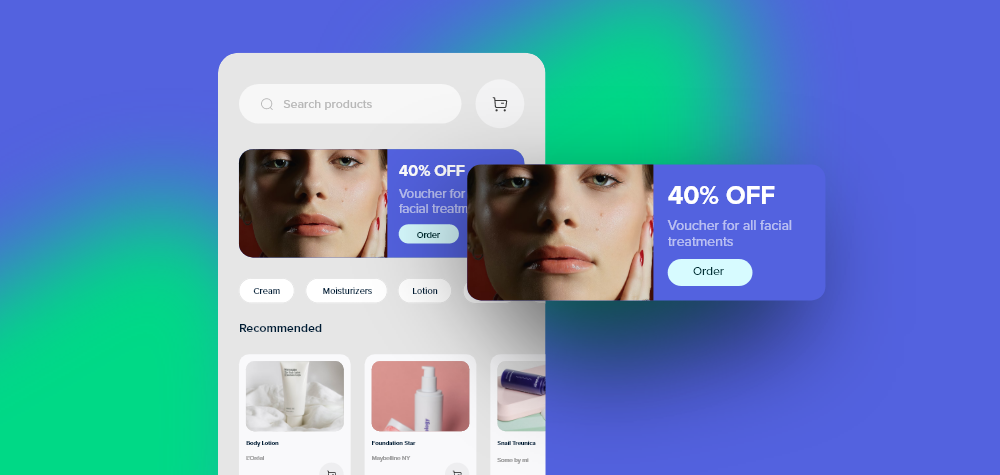People today manage just about every aspect of their lives on apps.
If you need to book a taxi or a haircut, order takeout, chat with friends, stream a podcast, play a mobile game, check your bank balance, or hundreds of other daily activities, you are most likely to be doing it on an app.
This is why advertising in apps has become an increasingly popular channel. Indeed, the number of app downloads worldwide is steadily rising year on year, with 255 billion downloads in 2022, an increase of 80% since 2016.
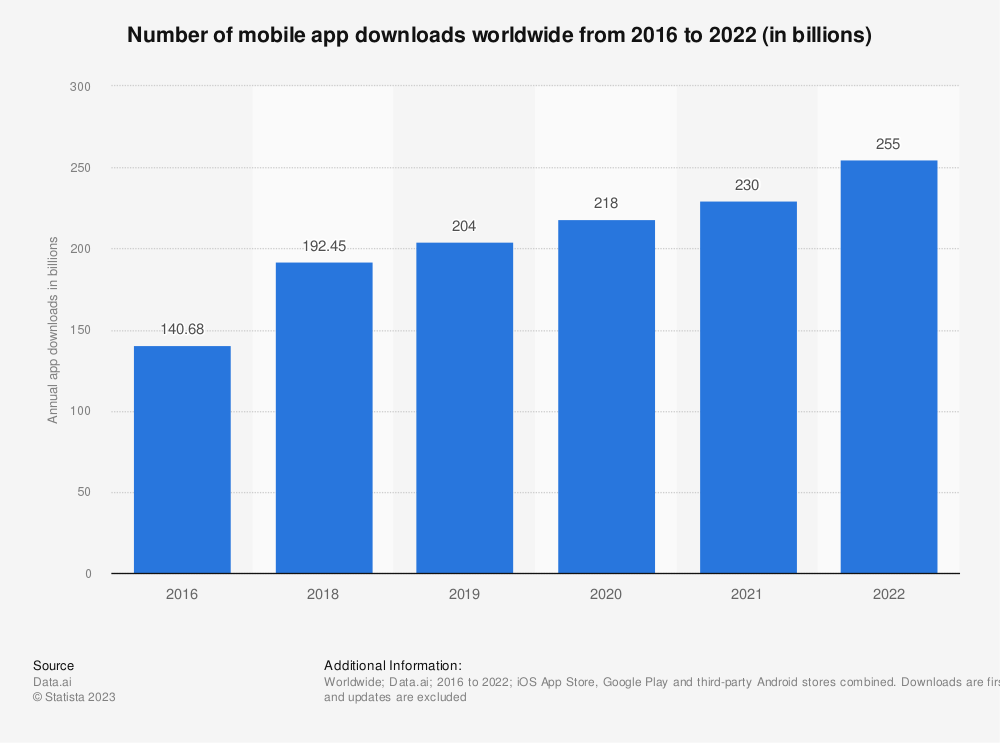
Source – Statista
Advertisers are catching on – in 2019, mobile advertising budgets in the US were divided equally between mobile web ads and in-app ads. In China, 99% of mobile ad spend in 2017 was spent on in-app advertising!
Let’s dive deeper to understand what is in-app advertising, how it works, and the benefits of advertising on mobile apps for advertisers and app publishers.
What is In App Advertising?
In-app advertising is a form of digital advertising in which ads are served to users inside mobile apps. Mobile in-app advertising enables advertisers to reach their target audiences and expose potential customers to a brand, product or service during app use. For app owners, advertising in mobile apps is an opportunity to monetize, generate revenue, and offset the cost of developing and maintaining their apps. In some cases, this enables app publishers to offer the app for free, and attract a wider user base.
Advertisers can target specific audiences within an app in a variety of ad formats, such as banner ads, interstitial ads, or video ads. More advanced ads for apps, such as rich media ads and playable ads, enable users to interact and engage with the ad, helping app publishers to boost their mobile monetization. In some cases, users can choose to engage with in-app ads in exchange for rewards, such as in-game currency or discounts.
How Does In App Advertising Work?
Like all forms of digital advertising, to advertise in apps involves multiple players – the advertiser, publisher, ad network, and DSP – all working together in an automated, online process to deliver ads to mobile app users.
For advertisers, the goal is to reach the most relevant and high-potential audiences at the lowest possible ad spend. For publishers, the goal is to attract advertisers to compete for ad space in their apps, and get the highest possible revenue for that ad space.
Here is an overview of how in-app advertising works and the role of each player in the process:
- Advertiser: The advertiser wants to promote their product or service with in-app advertising. It is the advertiser’s role to analyze their target audience, develop the ad content, bid for in-app ad space, and manage and optimize campaigns according to their targeting strategy and budget.
- App publisher: The publisher is the owner of the mobile app in which the ads are displayed. App publishers have the power to choose which ads to display in their apps and when, and to decide the cost for each ad to maximize in-app advertising revenue.
- Supply-Side Platform (SSP): The SSP is a platform for app publishers to offer their advertising inventory to a wider range of advertisers. SSPs make it easier for advertisers to reach a large audience, as they can purchase ad space from multiple publishers through a single platform. There are several SSPs and in-app advertising companies that specialize in the trade of ad inventory in mobile apps, such as MoPub, AppLovin, Unity and Start.io
- Demand-Side Platform (DSP): The DSP is a platform that allows advertisers to bid for and purchase ad space from app publishers across multiple ad networks. The DSP acts as an intermediary between the advertiser and publisher, and offers a range of tools to help match the right ad with the best app audience.
Once the ad campaign has been created and the target audience defined, the DSP will work to target the ad to the right audience by using algorithms and data analytics to select the most relevant apps and users. The ad is then displayed within the mobile app, and the advertiser pays the publisher for each impression or user interaction with the ad. This process repeats for each ad impression and every app user, allowing advertisers to reach a large and targeted audience.
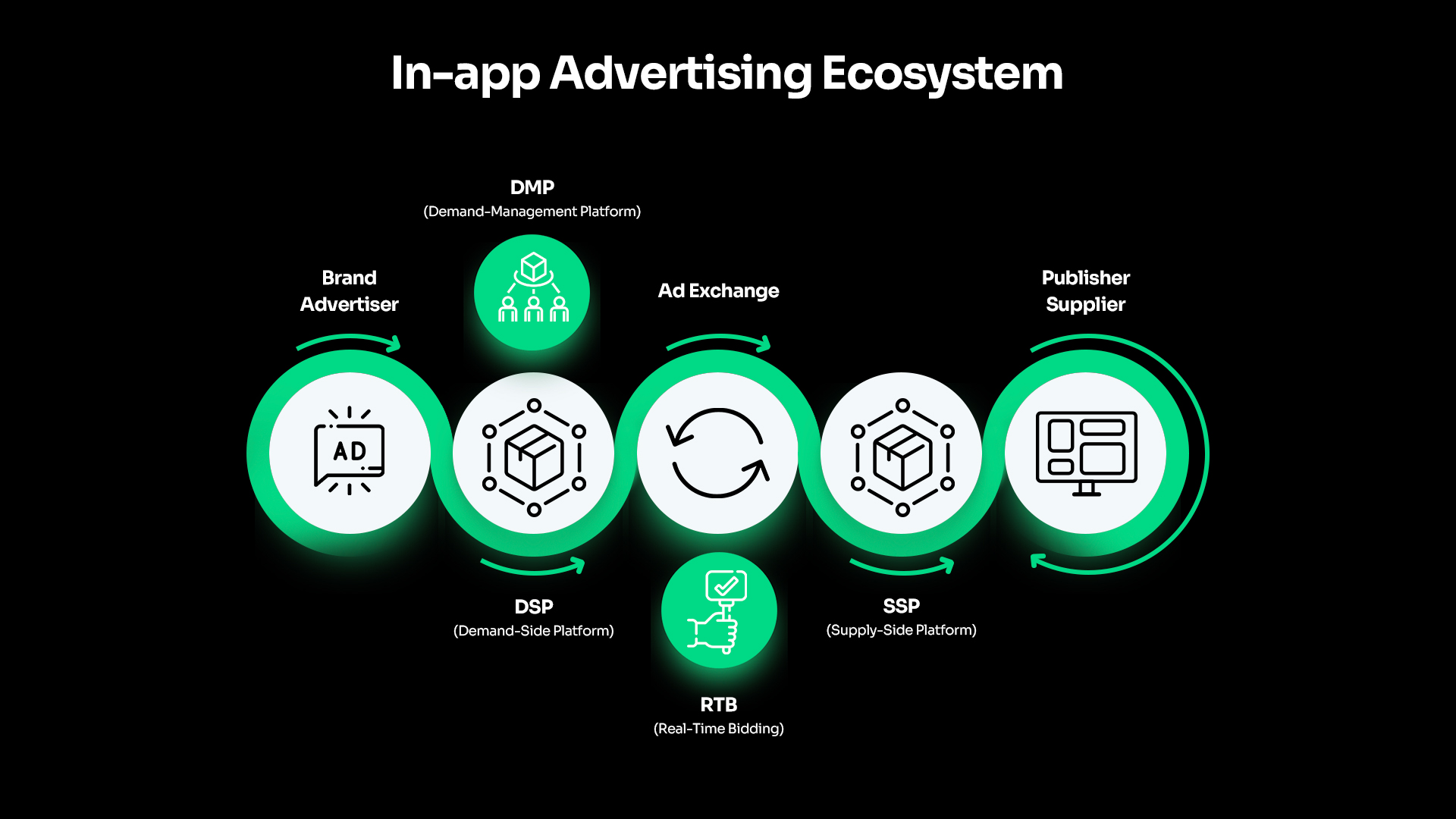
What are the Benefits of In-App Advertising
One of the most important benefits of in-app advertising is simply this: billions of people worldwide spend a lot of time on their apps, so the potential for reach and exposure is enormous. Like ads on Google, YouTube, and social media, in-app ads are another vital channel for businesses and marketers to reach consumers in the mobile space.
Let’s drill down to five specific and key benefits of in-app advertising:
- Better targeting: Data privacy regulations are making it harder for digital advertisers to identify and track potential customers online. However, in-app advertising provides a significant benefit in this regard. When a user downloads an app, they are given a unique user ID. These IDs allow advertisers to target more precisely in apps than on the mobile web, where targeted advertising is based on the use of third-party data. Of course, with Apple’s new ATT (App Tracking Transparency) policy that requires app users to opt in to share their user identifier, things are getting trickier. However, the targeting potential on apps is still more granular and accurate than on the open web.
- High user engagement and intent: Generally speaking, app users have a higher level of attention and intent than if they were idly browsing on the mobile web. They are interacting with the app towards a purpose. When a person is using a gaming app, for example, they are invested in playing the game and winning. When a user is on a dating app, they have a strong goal of meeting a date or partner. Compared to other forms of digital advertising, in-app advertising has the potential for significantly higher levels of engagement from users, which in turn leads to higher conversion rates. In fact, the CTR of in-app ads is about double that of mobile web ads (0.56% vs 0.23%), and the in-app environment gets three times more conversions for product ads than the mobile web.
- Strong retargeting: Retargeting users within apps generates demonstrably higher revenue than apps that do not use retargeting. Data shows that 65% of conversions in retail shopping apps come from retargeting. This can be attributed to both the high intent of app users, as well as the strong targeting capabilities afforded by in-app advertising that enable advertisers to reach customers according to app IDs.
- Improve app performance & user experience: In-app advertising can help boost app performance and the user experience, as ad revenue is channeled towards developing new features and functionalities. Additionally, interactive ads within apps are highly compelling, encouraging engagement and improving the app experience for the user.
- Avoid ad blockers: Ad blockers on the mobile web are rife. It is believed that around 40% of mobile users have an ad blocker installed on their phones. Many mobile web ads are blocked and not even seen by people on their mobiles, however the same is not true for in-app ads. Ad blockers in apps are far less common, and therefore, advertising within apps is an effective way to get around the problem of ad blocking.
Learn more on additional advertising solutions such as Programmatic Advertising on our latest blog post.
Placements and Types of In App Advertising
There is a rich assortment of ad types and placements available with in-app advertising. Some of these are ‘standard’ ad types that you would already be familiar with, such as banner ads, video ads and native ads, which are popular on all digital advertising channels. However, advertising within apps is quite different.
Unlike a mobile website, which is used mostly for browsing, reading or watching editorial content, an app is an immersive and interactive experience, usually involving a specific goal or activity. This offers many opportunities to advertise in creative and engaging ways.
For example, splash ads appear when the user launches the app, before the app content loads, enabling the advertiser to capture the user’s attention when they are primed for interest and action. Rewarded video ads offer in-app rewards to app users who watch the complete video ad. In-app advertisers can leverage all the various ad types and placements to craft a comprehensive brand experience for their audiences during app use.
Here are some of in-app advertising examples of the various ad types:
Banner Ads
Banner ads appear within apps as a rectangular graphic or image that is displayed at the top or bottom of the mobile screen. These ads are typically smaller in size and less intrusive than other types of in-app advertisements. Banner ads can be static or animated, and they are a popular and convenient way for advertisers to reach their target audience within an app.
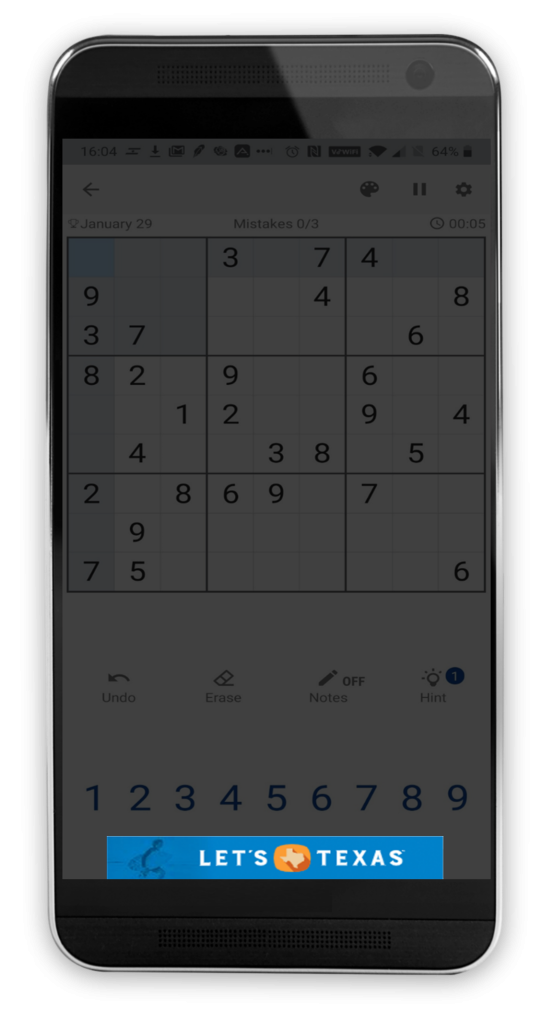
Interstitial Ads
An interstitial ad appears as a full-screen ad that covers the content of the app. Interstitial ads are typically shown between different screens or transitions within an app. They are supported by a variety of formats, including images, videos, and interactive ads.

Video Ads
A video ad is delivered as a short video clip, typically 15-30 seconds in length, but can even go to 60 seconds long. Video ads appear in several formats, including pre-roll, mid-roll, and post-roll. Rewarded video ads are an example of an advanced video ad type. These provide an in-app reward to users in exchange for watching the entire ad.
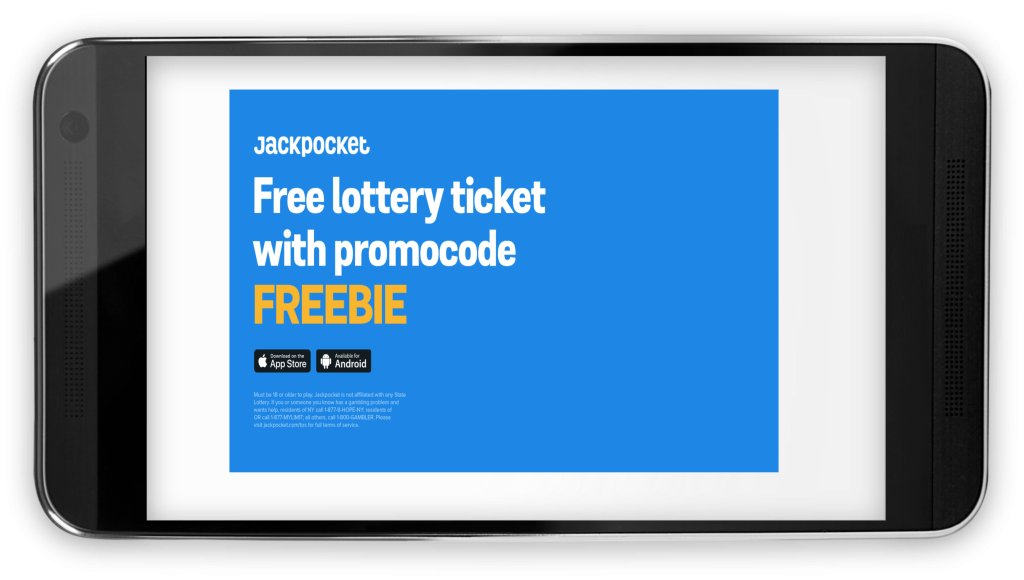
Native Ads
A native ad is designed to blend seamlessly with the style and content of the app, providing a less intrusive ad experience for the app user. With native ads, app publishers have the freedom to design ads to match the look, feel and UX of their app.
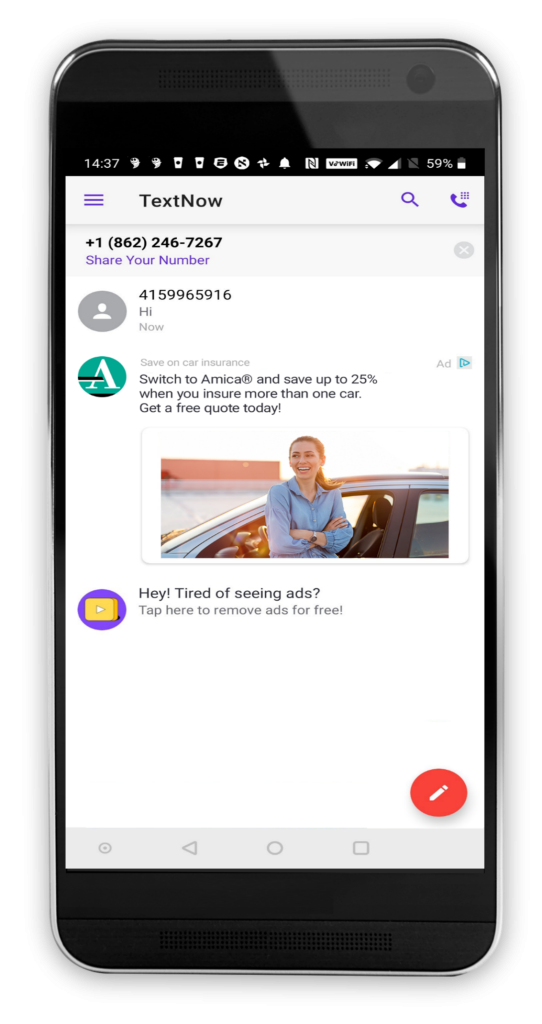
Rich-media Ads
A rich-media ad incorporates several multimedia components, such as videos, images, and animations, to create a more engaging and interactive experience for app users. Rich-media ads are available in several formats, such as banner ads, video ads and interstitial ads.
Return Ads
Return ads are ads that appear to users once they have returned to an app after a certain period of time has elapsed since their last visit. These are ideal to engage returning users with appealing ad messages and encourage retention.
Playable Ads
A playable ad provides app users with a preview of the advertiser’s app or game. Playable ads typically allow users to play a short demo of the app or game, providing them with a hands-on experience before deciding to download it. Playable ads are available in several formats, such as banner ads, interstitial ads and video ads, and are popular for user acquisition campaigns.
Splash Ads
A full-page ad that is displayed immediately after the application is launched. Splash ad is enabled by default upon SDK integration.
In-app Advertising Cost & Pricing Models
As is common in digital advertising, in-app advertising works on a PPC (pay per click) basis, which means that advertisers pay per impression, click or conversion. Calculating the cost of in-app advertising is complex, as there are so many ad types, pricing models and other variables at play.
The in-app advertising cost also depends on competition among advertisers for the ad space within an app. This varies according to country, industry and time frame. It also varies according to operating system, whether Android or iOS.
For example, in March 2022, the eCPM rate (revenue per 1000 impressions) for Rewarded Video ads on Android ranged between $13.10 in the US to as little as 50 cents in India.

Source – Business of Apps
The most common pricing models used to measure in-app advertising are as follows:
- CPM (Cost per thousand impressions): In this model, the advertiser pays per thousand impressions of their in-app ad. CPM is low in cost, however it only reflects that the ad is shown, not whether app users engaged with the ad or converted.
- CPC (Cost per click): This is a very popular pricing model, in which the advertiser pays for clicks on an in-app ad. Clicks are a strong signal that the user is interested in the ad and wants to engage with the advertiser. Because it involves user engagement, CPC tends to be costlier than CPM.
- CPA (Cost per action): In this pricing model, the advertiser pays every time a user takes a predefined action, whether making a purchase, installing an app or signing up for a service. CPA is commonly used for performance-based advertising, as it provides a clear and measurable ROI (return on investment) for the ad cost.
- CPV (Cost per view): This is a pricing model used for in-app video ads. It is a measure of the amount paid for every view of the video. The definition of ‘view’ depends on the platform or source; it may mean the user watches a few seconds of a video or the entire clip. CPV enables advertisers to reach their target audience in the more engaging and immersive video format at a predictable and measurable cost.
Depending on the industry, location, targeting, competition, mobile operating system and more, the cost of in-app advertising can range from a few cents to several dollars per view or action. Advertisers should have a defined and realistic in-app advertising strategy in mind, based on industry benchmarks and targeting parameters for their specific audiences, in order to compete effectively and get the best value for their budget.
In-app advertising best practices and tips for 2023
In-app advertising is constantly evolving, and both advertisers and publishers need to keep a finger on the pulse to know how to advertise on apps to maximize their results. For advertisers, this means increased customer engagement and conversions, and for app publishers, it’s increased traffic and app monetization.
Here are some of the latest tips and trends to consider for in-app advertising success:
- Test everything: With so many ad types and placements available to in-app advertisers, it is important to continually test different campaigns and messages, and focus your efforts and budget on those that work best for your target audience.
- More personalization: Personalization allows advertisers to deliver more relevant and engaging ads to their target audience within apps. With the right audience segmentation, you can tailor ads to the interests and behavior of individual users, increasing the ROI of in-app campaigns. For example, advertisers can use a “weather wrapper” on ads that are shown to viewers on rainy days. This feature displays an overlay of raindrops falling on the ad, creating an experience that the user can personally relate to in the moment.
- Leverage video: Video ads are a long-standing favorite among advertisers, but they are particularly beneficial in the in-app environment. Rewarded video ads in particular enjoy very high viewability rates, enticing viewers to interact in exchange for in-app rewards. While impressions are great, advertisers should focus on in-app ads that drive engagement and action, and video ads are ideal for this purpose.
- Keep an eye on privacy: With increasing regulatory boundaries around in-app data privacy, advertisers and app publishers must take steps to ensure that their ads are in compliance, and that user data is managed responsibly and legally. At the same time, it is important to look ahead and start implementing in-app advertising strategies that meet data privacy laws yet at the same time ensure accurate, effective targeting and support app monetization.
- Transparency pays: Transparency in ad performance is a growing trend, as advertisers look for more accurate and reliable ways to measure the effectiveness of their in-app campaigns. Advertisers should work with their mobile advertising partners to ensure that they have access to accurate, up-to-date performance data, and that they are able to make effective data-driven decisions, based on measurable, actionable insights.
With every passing year, in-app advertising platforms become more sophisticated and data privacy regulations are ramping up too. By staying up-to-date with the latest trends and best practices in in-app advertising, advertisers can effectively engage their target audience on a wide range of apps and publishers can drive ongoing traffic and revenue they need to succeed in the game.
FAQ
Why is in-app advertising important?
With the steady rise in mobile usage and app downloads in recent years, advertisers are turning to advertising in mobile apps to reach large audiences. With the right targeting approach, advertisers can engage mobile users, build brand awareness and increase conversions. App owners rely on in-app advertising as an important revenue stream supporting ongoing operation and improvement of their apps.
How much does in-app advertising cost?
Advertising in mobile apps is based on a PPC model, meaning that advertisers pay app publishers per impression, click or action. In-app advertising cost varies depending on a whole host of elements, such as the app type, consumer segment, country and even mobile operating system. CPMs of in-app ads can range from as low as a few cents, while CPVs (cost per view of video ads) or CPA (cost per action) can be as high as tens of dollars.
How often should you show ads in your app?
When deciding how often to show ads in mobile apps, it is important to take care not to unduly disrupt the user experience as they interact with the app. For this reason, it is recommended not to place an interstitial ad more often than after every two user actions in the app. Even this may be too much, depending on the app category and the ad format.
